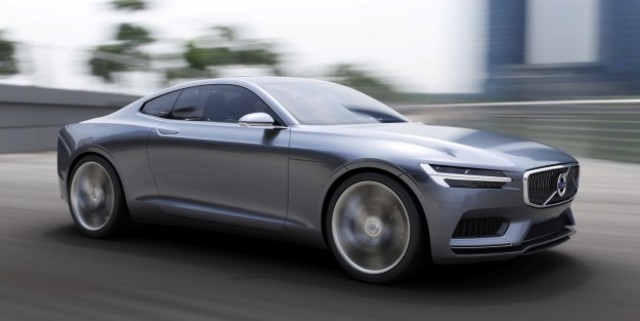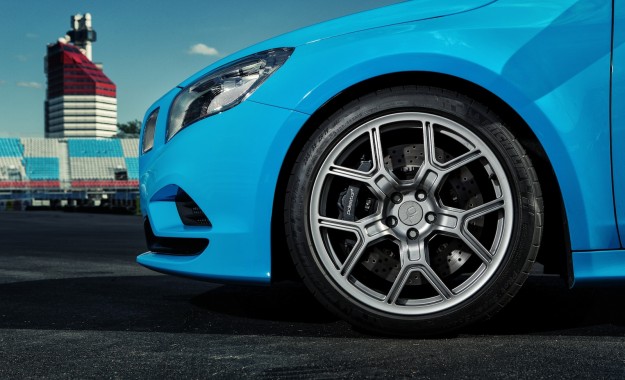
A modular platform designed only for four-cylinder engines will help Volvo liberate the design of its future models, its chief designer claims.
Speaking at the Frankfurt motor show, recently-appointed chief designer Thomas Ingenlath admits that Volvo design has been hamstrung by needing to work around the proportions of the mainstream Ford models they were based off. In particular, he cited the packaging of the engine and components as affecting the overall proportion of current Volvos, pointing particularly to the level of front overhang.
He adds that the generous, wheels-pushed-forward look of the Volvo Coupe Concept will translate to production models, giving Volvo's front-wheel-drive cars a distinctly 'rear-drive' look.
"The most obvious element that you can nail down [change from the current cars] is the dash-to-axle, where the front wheel sits far enough forward that you have this decent amout of sheetmetal between the front wheel and the door.
"As a designer you can do whatever you want design-wise, [but] if that is not the right proportion it will simply not be convincing in the premium league.
"For example, BMW has great proportions in that respect and lives a lot from that. So us becoming a serious player in this premium league is really an entry ticket into that league is the proportion that the scalable architecture gives us."

Volvo has invested heavily in its new Scalable Product Architecture (SPA) platform that will serve future S60, V70, S80, XC60 and XC90 generations, among other new models that will be added to the portfolio. Along with an equally-heavy investment in brand new 'Drive-E' range of four-cylinder engines, and the decision to create the architecture to accept no engine larger than with four cylinders, means Volvo can make its front- and all-wheel-drive cars have the proportions of a rear-wheel-drive car like a BMW and Mercedes-Benz.
Pointing to the dash-to-axle ratio of the Volvo Concept Coupe on the Frankfurt motor show stand, Ingenlath (below) added that "all the products on the SPA platform will benefit from this element."
He adds that although SPA is a flexible architecture that is "scalable" between medium and large cars and SUVs, "the one fixed measurement with dash-to-axle is not scalable, that has to be a great measurement, if that is wrong the whole 'scalability' doesn't help us much. It has to be in the right spot, and I think it is in the right spot."
The proportion shown by the Concept Coupe is exactly as we'll see in production vehicles, Ingenlath reiterated.
It also appears that the geometric shapes and smooth, more sweeping surfaces shown on the Concept Coupe, and teased with the next XC90 (above and below), replaces the curvier lines of the current generation.?Ingenlath says the design shift will be a major step-change for Volvo, but it won't take a cookie-cutter approach to design between models, as Audi is often criticised for.
Asked whether future designs will have a certain 'Swedish-ness' to them, Ingenlath argues that "it's not about furniture, or looking at Swedish classics or Scandinavian design … but simplicity, and clear shades, but not having the feeling of emptiness and looking bland.
"We're not doing a revolution here, it's clearly connected to where we've come from. It's our aim to be more and more precise."
He adds that there are certain, identifably-Volvo elements that will remain but be reworked on future models, such as the curving, horizontal tail-light of a V70, XC60 and XC90, for example, or the square grille with a diagonal sash flanked by a Volvo badge.
Otherwise, however, it's all change for the next generation of Volvo models, with better proportions the key. The long-awaited second-generation Volvo XC90 will be the first to debut the new design direction at the Paris motor show in September next year.





